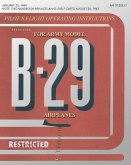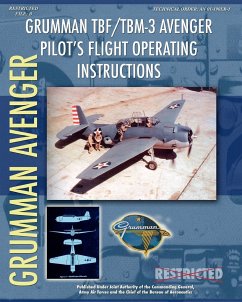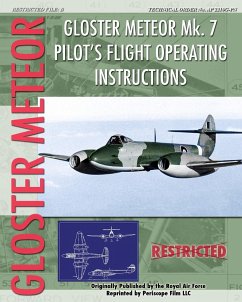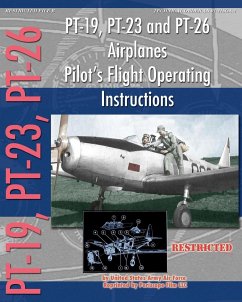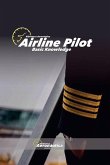Equipped with a more powerful engine and a larger, heavier airframe than primary training aircraft, Vultee's BT-13 served an important role as a secondary-level trainer for the U.S. Army Air Corps and Navy. Designed by Vultee's Richard Palmer, the BT-13 was adapted from plans fora fighter aircraft. The prototype first flew in May of 1939, and by August 300 were on order. By war's end over 11,500 BT-13s and variants would be produced, more than any other trainer. Featuring a cantilever low-wing and fixed landing gear, the BT-13 appeared to be of all-metal construction, but it actually relied on fabric-covered control surfaces. The powerplant was a Pratt & Whitney R-985 radial engine capable of producing 450hp. Nicknamed the "Vultee Vibrator" because of its tendency to shake as it approached stall speed, the BT-13 was nevertheless beloved by student pilots and instructors alike. Several variants of the aircraft were built including the BT-13A and BT-15 equipped with alternate powerplants. Roughly 2,000 BT-13As and BT-13Bs were transferred to the Navy, which designated them as SNV-1 and SNV-2 respectively. Originally created by the U.S. Army Air Force Training Command, this Basic Training Student Manual features the BT-13A throughout, and describes all aspects of flight training circa 1944. It puts you right in the cockpit of one of history's great planes.
Hinweis: Dieser Artikel kann nur an eine deutsche Lieferadresse ausgeliefert werden.
Hinweis: Dieser Artikel kann nur an eine deutsche Lieferadresse ausgeliefert werden.


